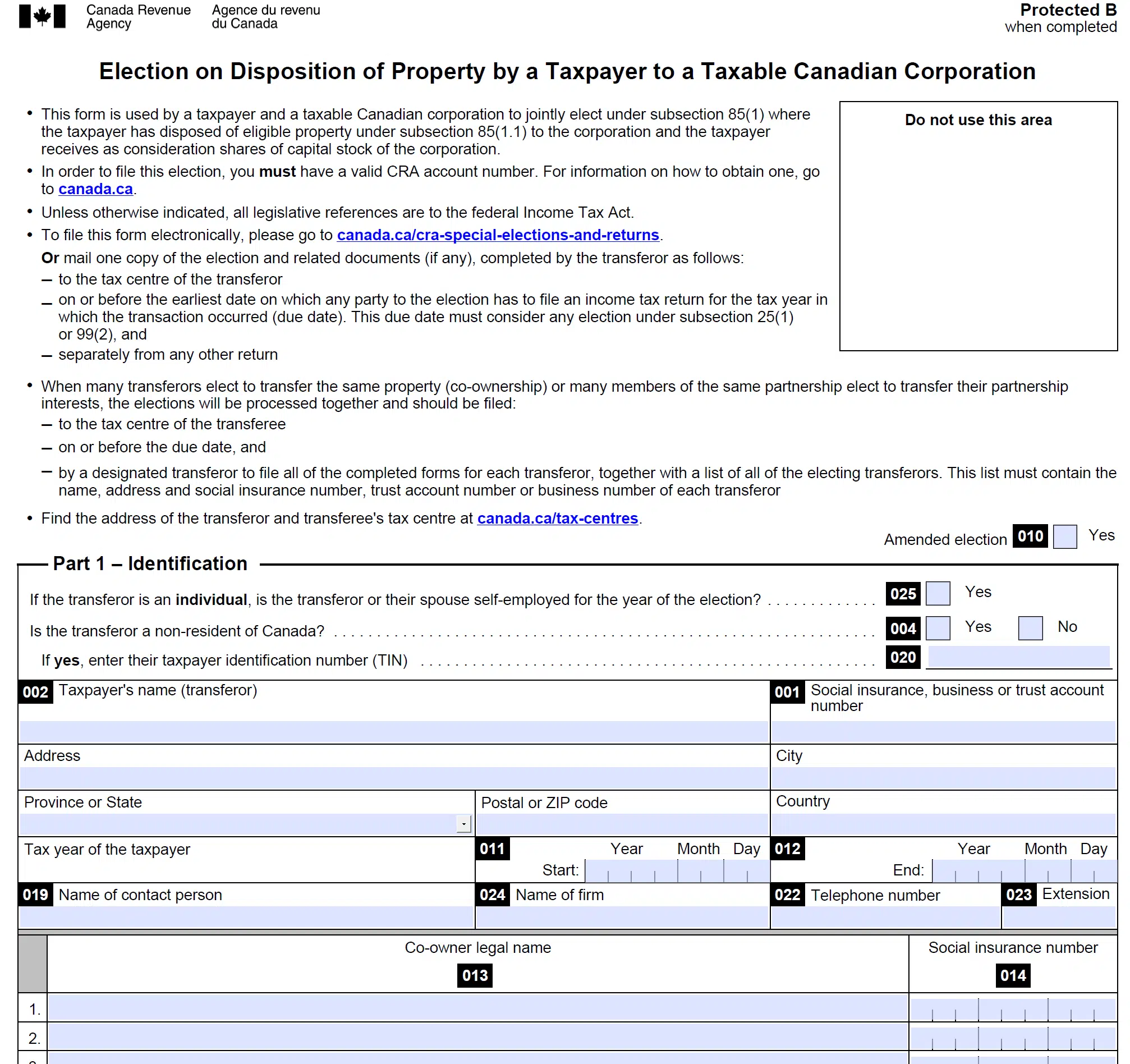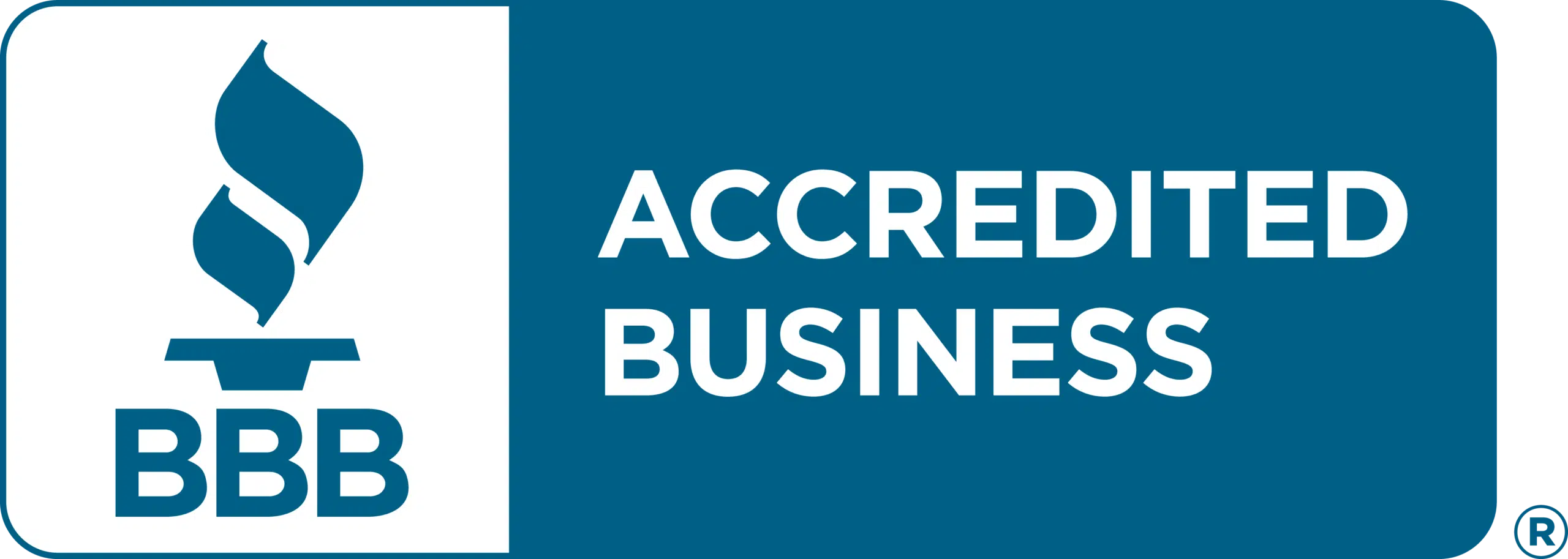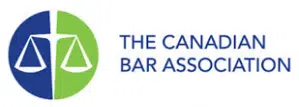The Section 85 provision allows the tax-deferred transfer of property to a corporation, also known as the “Section 85 Rollover”. This article explains the concept, benefits, and considerations of the Section 85 Rollover.
Insight Law Professional Corporate is a corporate and commercial law firm located in Toronto. If you are looking to get your Section 85 Rollover completed, contact our business lawyer today and see how our firm can help you.
What is Section 85 Rollover?
Section 85 Rollover is a mechanism to transfer property to a corporation in exchange for shares while deferring the immediate tax implications that usually arise from such a transfer. Section 85(1) of the Income Tax Act (ITA) outlines this provision. It allows individuals or trusts to defer recognition of a capital gain or recapture of depreciation that would normally be realized on the transfer of property to a corporation, provided that the property and the transfer meet specific criteria outlined in the ITA. It is also required that the consideration received in return includes shares of the corporation to which the property is transferred.
To use the Section 85 Rollover, the transferor and the corporation must make a joint election to the Canada Revenue Agency (CRA) on Form T2057, Election on Disposition of Property by a Taxpayer to a Taxable Canadian Corporation. This election allows the transferor to set an elected amount that establishes the basis for the transfer to minimize immediate tax while complying with the law. The elected amount must be within certain bounds, which means it cannot be less than the property’s adjusted cost base (ACB) or more than its fair market value (FMV) at the transfer time. The ITA guides determining these values and imposes conditions on the transaction to ensure it aligns with tax policy objectives.

Eligible Properties and Parties
Eligible properties include tangible, intangible, and certain financial assets, excluding cash. The transaction must have a legitimate business or personal planning purpose, and both parties must agree and jointly elect to apply the provisions of Section 85. The transferor must receive shares in the corporation, and the corporation must be subject to taxation under ITA.
Here are examples of such eligible properties:
- Tangible Personal Property: This category covers tangible assets like machinery, vehicles, and equipment employed in business operations.
- Real Property: Land and buildings are valuable assets that may be transferred to a corporation using the Section 85 Rollover. This includes commercial real estate such as office buildings, manufacturing facilities, retail spaces, and residential properties held for investment purposes.
- Intangible Assets: Intellectual property (IP) such as patents, trademarks, copyrights, and trade secrets are eligible for transfer.
- Inventory: Businesses can transfer goods held for sale without triggering immediate tax consequences. This applies to various businesses, including manufacturers and retail operations.
- Eligible Capital Property: Certain intangible assets, such as goodwill and customer lists, do not have a finite lifespan. Despite the evolving treatment of eligible capital property under Canadian tax law, including its integration into the capital cost allowance system, these assets are important in business transfers.
- Shares and Debt of Other Corporations: In some instances, it is possible to transfer eligible shares or debt of other corporations held by the transferor. This allows for intricate corporate restructurings and the consolidation of business interests under a single corporate entity.
Eligible Transferor
The election is available on a property transfer by an individual, a trust or a corporation. The transferor does not have to be a Canadian resident, but there are restrictions on the type of property a non-resident can elect under 85. The election is also available if the transferor is a partnership, but all partners must be Canadian residents.
Eligible Transferee
The transferee must be a Canadian taxable corporation. This ensures the transferee will be taxable in Canada on a subsequent sale of the property.
Key Benefits
The primary advantage of a Section 85 Rollover is the deferral of capital gains tax. Typically, transferring assets at fair market value (FMV) to a corporation would result in immediate recognition of any accrued capital gains, leading to a tax liability for the transferor. The Section 85 Rollover allows for the transfer at an elected amount, potentially minimizing or deferring the capital gains tax.
Additionally, this provision facilitates business restructuring, succession planning, and the incorporation of sole proprietorships or partnerships by providing a tax-efficient mechanism for moving assets into a corporate entity without triggering an immediate tax burden.

Considerations and Requirements
To successfully execute a Section 85 Rollover, several steps and considerations must be addressed. These include, but are not limited to:
- Election Agreement: Both the transferor and the corporation must jointly file an election with the Canada Revenue Agency (CRA) using Form T2057, Election on Disposition of Property by a Taxpayer to a Taxable Canadian Corporation. This agreement specifies the elected amount (consideration) for the transferred property.
- Elected Amount: The elected amount must be between the property’s adjusted cost base (ACB) and its FMV, ensuring that any chosen value within this range is justifiable under audit.
- Timing and Deadlines: The election must be filed by the taxpayer’s filing due date for the year in which the transfer occurs. Late filings are permitted under certain conditions but may incur penalties.
- Legal and Tax Advice: Seek legal and tax advice when considering a Section 85 Rollover to ensure compliance with statutory requirements and optimize tax benefits.
Cost of Consideration
The cost of consideration refers to the value assigned to shares or other consideration received by the transferor in exchange for the transferred property. The agreed-upon amount, which both parties elect, becomes the cost base of the consideration for the transferor. This amount is chosen strategically to minimize immediate tax liabilities while complying with the ITA’s requirements. It must be within certain limits – at least the asset’s adjusted cost base (ACB) to the transferor and not more than its fair market value (FMV) at the transfer time.
The cost of consideration directly affects the capital gains or losses recognized by the transferor and the consequent tax treatment of the transferred assets in the hands of the corporation. For the transferor, selecting an appropriate elected amount is required to optimize tax outcomes, allowing for a deferral of capital gains tax or avoiding recapture on depreciable property. For the corporation, the cost of consideration becomes the property’s cost base for future tax calculations, affecting depreciation claims and the calculation of capital gains or losses upon the eventual disposition of the assets. The interplay between the elected amount, the ACB, and the FMV requires careful consideration and planning, often necessitating professional advice.

Summary
The Section 85 Rollover defers capital gains tax on asset transfers to a corporation, making it a valuable tool for tax-efficient business restructuring. However, executing this rollover requires careful planning and consultation with legal and tax professionals.
The information provided above is of a general nature and should not be considered legal advice. Every transaction or circumstance is unique, and obtaining specific legal advice is necessary to address your particular requirements. Therefore, if you have any legal questions, it is recommended that you consult with a lawyer.







